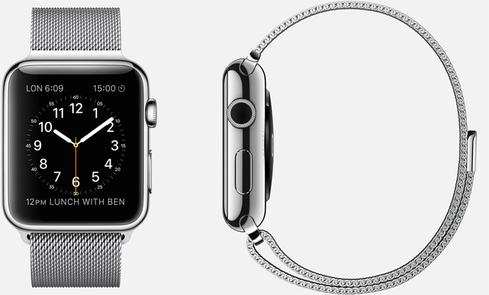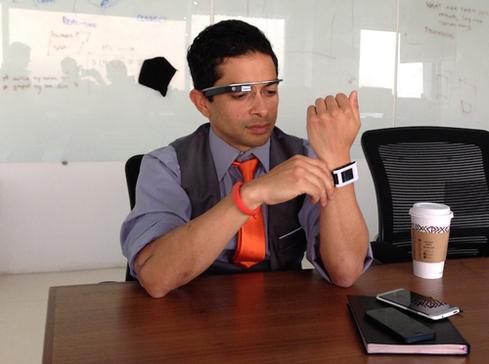The Apple Watch is expected to offer several hours of active use and 19 hours overall. However, in the new wearable market, is it enough?


Wearables At Work: 7 Productivity Apps
Wearables At Work: 7 Productivity Apps (Click image for larger view and slideshow.)
Apple has already told us how long the Apple Watch battery will last. CEO Tim Cook implied it will need to be charged daily. A new report this week says Apple is targeting 2.5 to 4 hours of active use and about 19 hours of mixed use -- more or less confirming Cook's claims. Considering what other smartwatches in the market deliver with respect to battery life, the Apple Watch is nothing to worry about.
Apple picked a fairly powerful processor and a high-quality screen for the Apple Watch, reports 9to5mac, which lead to significant power consumption. The S1 chip inside the Apple Watch mirrors the performance of its A5 processor. The LCD is pixel-rich and refreshes at 60 frames per second.
In addition to the 2.5 to 4 hours of active use, Apple was shooting for about three days of standby time and four days in sleeping mode. Sources with direct knowledge of the matter told 9to5mac that Apple will probably only be able to deliver two or three days of standby or low-power time. Moreover, the first-generation device may not reach the hoped-for 19 hours of mixed use.
[Take a look at Wearables In 2015: 4 Predictions.]
The company is testing the device's battery life heavily. It has seeded about 3,000 units to people who've been directed to use a mix of stock and third-party apps to stress the battery as much as possible. 9to5mac claims battery life concerns are what led Apple to push the watch's debut from late 2014 to early 2015.
Last fall CEO Tim Cook said, "We think people are going to use it so much, you'll end up charging it daily." Most Android Wear devices I've used need to be charged daily. I've tested the Sony Smart Watch 3, the Motorola Moto 360, and the LG G Watch R. All three devices provide about one day (7 a.m. to 11 p.m.) of mixed use. Only the Sony Smart Watch 3 delivered better than one day of battery life. Android Wear devices can count steps, track your heart rate, offer notifications for incoming calls/messages, push calendar alerts, and even play music. The Apple Watch will be able to do all these things and more.
Apple's battery-life targets sound about right. It's hard to imagine spending 2.5 to 4 hours a day staring at your wrist. This is why we have smartphones. The Apple Watch is an accessory for the iPhone. Sure, it does plenty of things on its own, but most of its power comes from a nearby smartphone. The biggest concern may be the suggestion that first-generation devices may not reach 19 hours of mixed use. Apple will have to get it to at least 16 or 17 hours. Even then, it will be about on par with competing smartwatches.
The Apple Watch is expected by the end of March. Prices start at $349 and go up depending on which variant of the device you choose.
Get the latest information to migrate your systems, services, and applications to the next level at Enterprise Connect. Cisco, Microsoft, Avaya, and Oracle will lead the keynote lineup, and thought leaders from enterprises and vendors will cover the full range of platforms, services, and applications that will simplify your migration to next-gen communications and collaboration systems. Register for Enterprise Connect with code DIWKWEB to save $100 off the early-bird rate. It happens in Orlando, Fla., March 16 to 19.
About the Author(s)
You May Also Like







